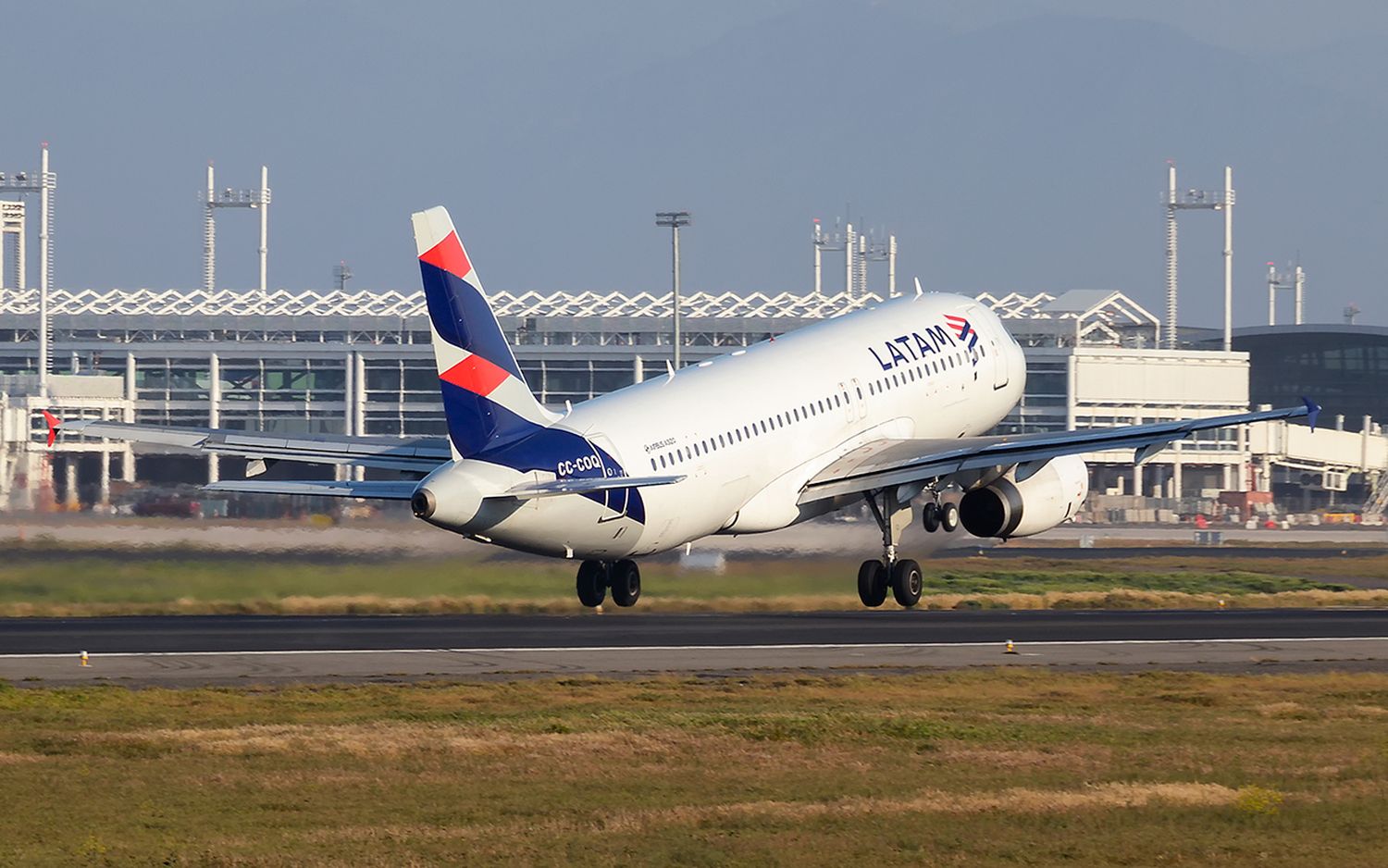After a critical incident involving the shutdown of both engines of an Airbus A320 operated by LATAM in flight, caused by a hailstorm, Airbus enhanced its operational documentation to clarify engine restart procedures.
Widely reported in AEROIN, the incident occurred on October 26, 2022, when the aircraft, flying from Foz do Iguaçu to Asunción, encountered a hailstorm so intense that it significantly exceeded the design and certification criteria of the engines, with water and ice content twice the certified level.
During the flight, while the A320 was at 24,000 feet, the autopilot and autothrust systems were off, the cockpit was dark, and several alerts were activated, including engine and windshield anti-icing systems. At that moment, crucial flight recorder data was lost due to the emergency electrical configuration.
Airbus’ case study on the incident reports that even with the thrust levers advanced, both engines shut down, indicating unreliable airspeed. The pilots managed to restore some electrical power by activating the auxiliary power unit (APU).

The crew attempted to restart the engines using both windmilling (a method in which the aircraft is positioned to facilitate a restart due to air passing over the engine blades) and starter-assisted relight.
However, the APU only provided sufficient air pressure for one engine at a time. After focusing efforts on the left engine by shutting off the master switch for the right engine, they were able to restart it, but the right engine remained inoperative due to the damage it had sustained.
Airbus emphasized the importance of correct procedures, especially under “high-stress” conditions, and the meticulous use of operational practices for a successful resolution. This includes maintaining the ideal ignition speed for windmill relight attempts, ventilating the combustion chambers, and adjusting thrust to avoid a potential compressor stall if the engine restarts abruptly.
As a result of this experience, Airbus plans to update its flight alert systems on A350 and A380 models by 2026, improving the aircraft’s centralized electronic monitoring procedures, preventing misinterpretations, and maintaining operational safety.


Comentarios
Para comentar, debés estar registrado
Por favor, iniciá sesión